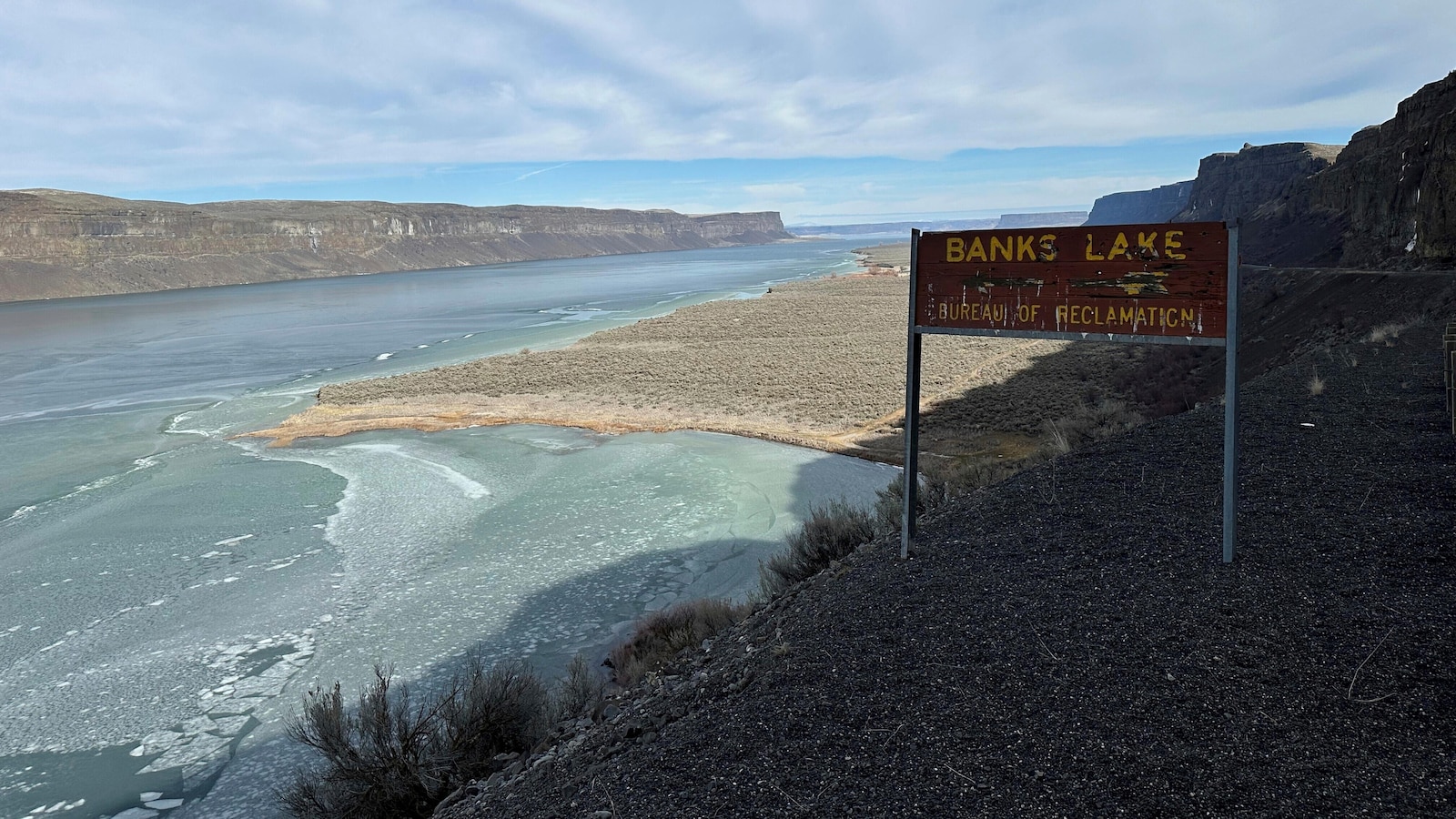Dangers Ahead? The Impact of Budget Cuts on US Dam Safety
As federal agencies navigate a landscape fraught with significant budget reductions, the implications of these cuts raise urgent concerns regarding public safety and the integrity of critical infrastructure. Among the various sectors affected, dam safety emerges as a particularly pressing issue, with experts warning that insufficient funding could jeopardize the maintenance and oversight of these vital structures. This article delves into the ramifications of budget cuts on dam safety in the United States, analyzing how these financial constraints could threaten both communities and ecosystems.
The State of Dams in the U.S.
The United States is home to over 91,000 dams, serving essential roles in flood control, water supply, irrigation, and hydroelectric power generation. However, many of these structures are aging and in need of repair. According to the American Society of Civil Engineers (ASCE), approximately 15,500 dams are classified as high-hazard potential, meaning their failure could result in significant loss of life and property damage. The importance of regular inspections and maintenance cannot be overstated, yet these activities are highly dependent on adequate funding and resources.
How Budget Cuts Affect Dam Safety
Budget cuts at the federal level can lead to a cascade of negative outcomes for dam safety. Here are some of the most concerning implications:
- Reduced Inspections: Regular inspections are crucial for identifying structural weaknesses or potential failures. Budget cuts can lead to fewer inspections, increasing the risk of undetected issues that could escalate into disasters.
- Delayed Repairs: Insufficient funding means that necessary repairs may be postponed indefinitely. Aging infrastructure that is not properly maintained can deteriorate quickly, exacerbating safety risks.
- Limited Emergency Preparedness: Budget cuts can hinder the development and implementation of emergency response plans, leaving communities vulnerable in the event of a dam failure. Training exercises and simulations may be less frequent, reducing readiness.
- Decreased Research and Innovation: Funding cuts can stifle research into new technologies and best practices for dam safety. Without investment in innovative solutions, agencies may rely on outdated methods, compromising safety.
The Consequences of Neglected Dam Safety
The potential consequences of neglecting dam safety due to budget cuts extend beyond immediate structural failures. Consider the following long-term impacts:
- Loss of Life: The most alarming risk is the potential for loss of life. A dam failure can unleash torrents of water, leading to catastrophic flooding in downstream communities.
- Economic Loss: Dam failures can cause billions of dollars in damages. Infrastructure repair, disaster response, and loss of property value can strain local and state economies.
- Environmental Damage: Dams play a crucial role in ecosystem management. A failure can disrupt local habitats, leading to long-lasting ecological consequences.
- Public Trust Erosion: When dam safety is compromised, public trust in government agencies diminishes. Communities may feel abandoned, leading to a lack of cooperation and communication in emergency situations.
Case Studies: Recent Dam Failures
To understand the impact of budget cuts on dam safety, it is essential to look at recent failures that highlight the risks involved. One notable case is the failure of the Oroville Dam in California in 2017, where significant erosion in the spillway led to the evacuation of nearly 200,000 residents. Investigations revealed that the dam had not been adequately maintained and that funding for inspections and repairs had been insufficient.
Another example is the near-failure of the Edenville Dam in Michigan, which ultimately resulted in catastrophic flooding in 2020. The dam had a long history of maintenance issues, and budget constraints had hindered the necessary upgrades. These incidents serve as stark reminders of the potential consequences of neglecting dam safety.
Advocating for Change: The Need for Investment
In light of these concerns, it is imperative that federal and state governments prioritize dam safety funding. Here are several strategies that could help improve the situation:
- Increase Federal Funding: Allocating more resources to the Federal Emergency Management Agency (FEMA) and the U.S. Army Corps of Engineers can enhance dam safety oversight and maintenance efforts.
- Encourage Public-Private Partnerships: Collaborations between government agencies and private organizations can lead to innovative solutions for funding and technology development.
- Raise Awareness: Educating the public about the importance of dam safety can foster community support for necessary funding initiatives and encourage advocacy for infrastructure improvements.
- Implement Resilience Planning: Developing comprehensive resilience plans that account for potential dam failures can help communities prepare for and mitigate the impacts of such disasters.
Conclusion: A Call to Action
The impact of budget cuts on dam safety is a pressing issue that cannot be ignored. As experts raise alarms about the risks to public safety and infrastructure integrity, it is crucial for stakeholders at all levels—federal, state, local, and community—to come together and advocate for the necessary investment in dam safety. By prioritizing funding, enhancing oversight, and fostering a culture of safety, we can work towards ensuring that the thousands of dams across the United States remain secure and capable of protecting lives and property for generations to come.
Ultimately, the safety of our dams should not be a casualty of budgetary constraints. It demands our attention, advocacy, and action. Only then can we truly safeguard our communities against the dangers that lie ahead.
See more BBC Express News

